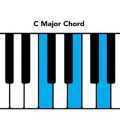Music as we know it simply wouldn’t be the same if it wasn’t for chord extensions. Every type of music from sophisticated jazz and complicated symphonic works down to simple blues, rock and R&B and other popular music heavily relies on the unique sound generated by extended chords. In this article, we’ll walk you through each basic chord extension and we’ll tell you how they’re built. We’ll use a keyboard as a visual guide here, but feel free to adapt what you learn to your specific instrument. All of the chord examples in this article are in the key of C, but you should apply what you learn here to other keys when you’re ready to solidify what you’ve learned.

Basic chords
To help you better understand chord extensions, let’s quickly talk about how basic chords are constructed. If you need a more in-depth explanation, check out our article on basic music theory.
Major chords are constructed by adding the intervals of a major third and perfect fifth above the root note. For example, a C major chord would include the notes C-E-G. Minor chords are built in almost the same exact way, except an interval of a minor third is used instead of a major third. A C minor chord’s notes are C-Eb-G. Diminished chords are constructed by adding a minor third and a tritone above the root note. A C diminished chord is C-E-Gb.
Just a reminder, basic chords, or triads, are built using three notes that skip every other note name. A C minor chord will always be C-Eb-G and never C-D#-G, because it’s easier for readers and performers to think of notes as thirds.
Extended chords
There are many extended chords in music, so we’re strictly covering the most basic ones for this article. Again, all of the chord examples here are in C, so adapt what you learn here to other keys when you’re ready.
Major 7th chords: Major chord + Major 3rd
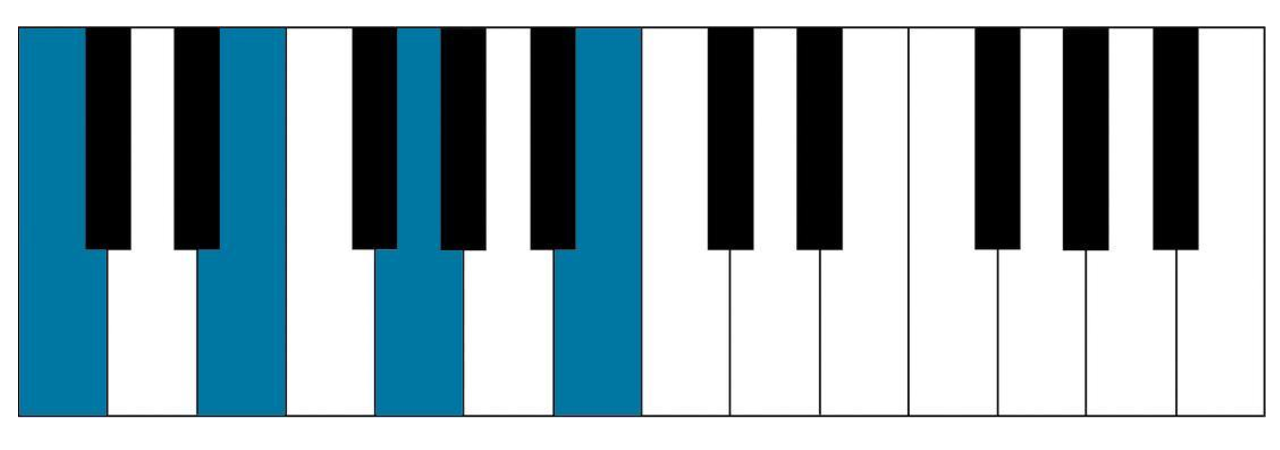
These chords sound beautiful, light and dramatic. They’re used in everything from jazz to pop. To build a major seventh chord, add a major third interval to a major chord. A C major seventh chord is C-E-G-B.
Dominant 7th chords: Major chord + Minor 3rd
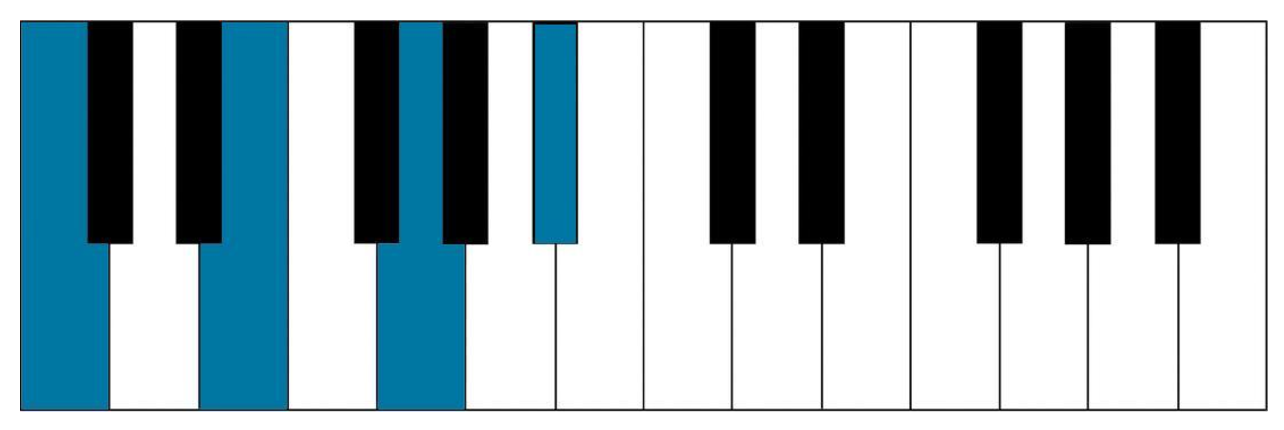
Dominant seventh chords are found everywhere in music, but are hugely important in blues music because they serve as the genre’s harmonic foundation. These chords sound slightly tense, but not overly-dramatic like diminished chords. Dominant chords are constructed by adding a minor third to a major chord. A C dominant 7 chord is C-E-G-Bb.
Minor 7th chords: Minor chord + Minor 3rd
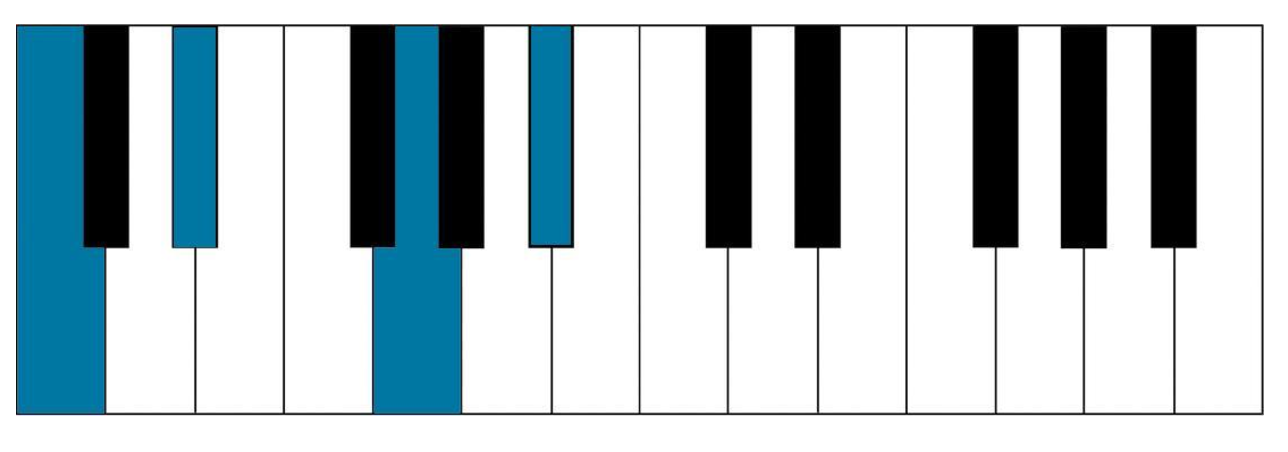
Minor seventh chords sound morose and pensive but less dark than their basic minor counterparts. To build a minor seventh chord, add a minor third to a basic minor chord. A C minor seventh chord is C-Eb-G-Bb.
Diminished 7th chords: Diminished chord + Major 6th
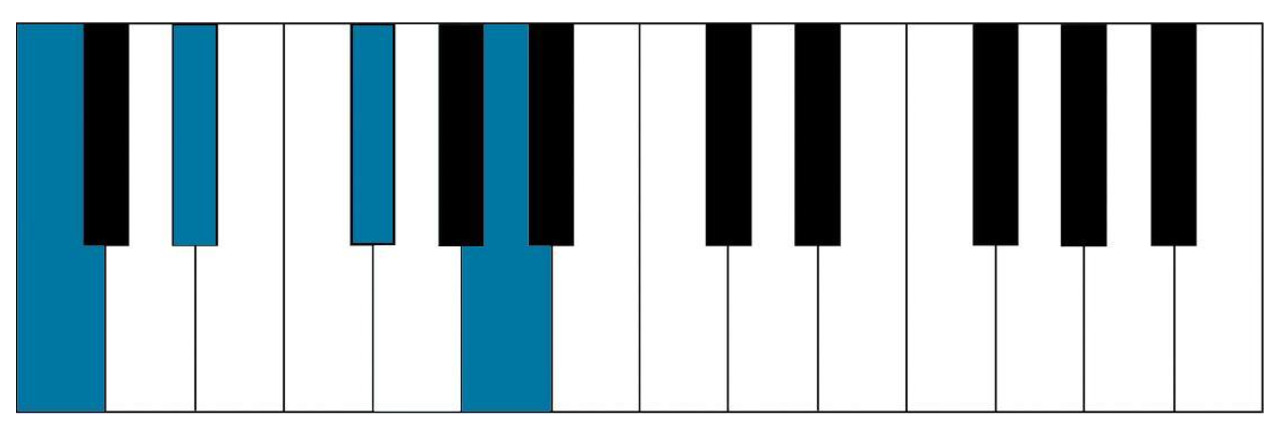
If you’re looking to add tension and drama to your music, you’ll want to make use of the diminished seventh chord. Sometimes referred to as the “fully” diminished chord, these chord extensions convey doom and fear in music. They’re built by adding a major sixth to a diminished chord, and C diminished seventh chord includes the notes C-Eb-Gb-Bbb.
Half-Diminished 7th chords: Diminished chord + Minor 7th
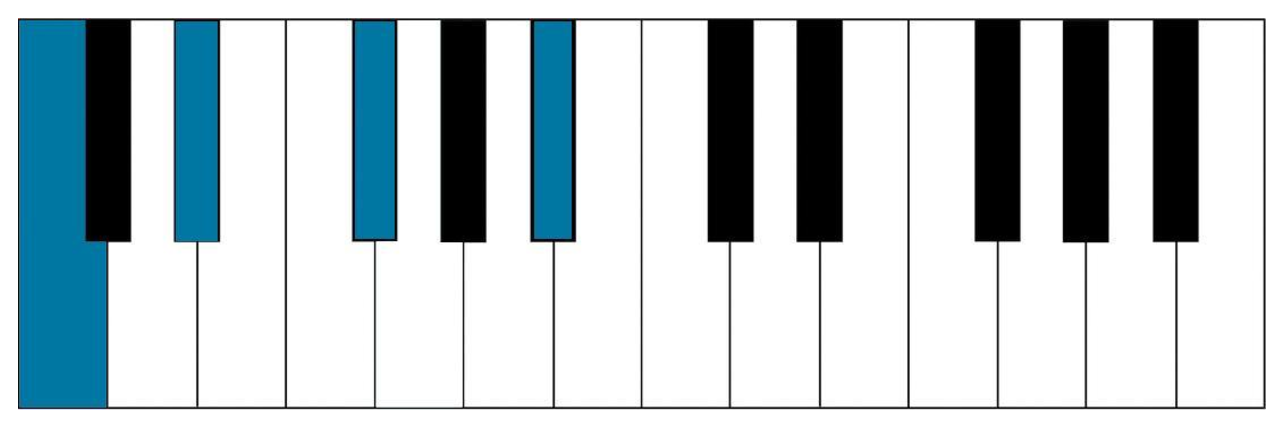
These chords sound less tense and more mysterious compared to their fully-diminished counterparts. To build a half-diminished seventh chord, add a minor seventh interval to a diminished chord. A C half-diminished seventh chord is C-Eb-Gb-Bb.
Like we mentioned before, there are many more chord extensions to explore, and what we’ve covered here are the most basic ones found in music. For more detailed help understanding extended chords and other music theory topics, we recommend working with an experienced music theory teacher in your area. For more articles about the world of music, check out what we have posted on the Musika Lessons blog.

